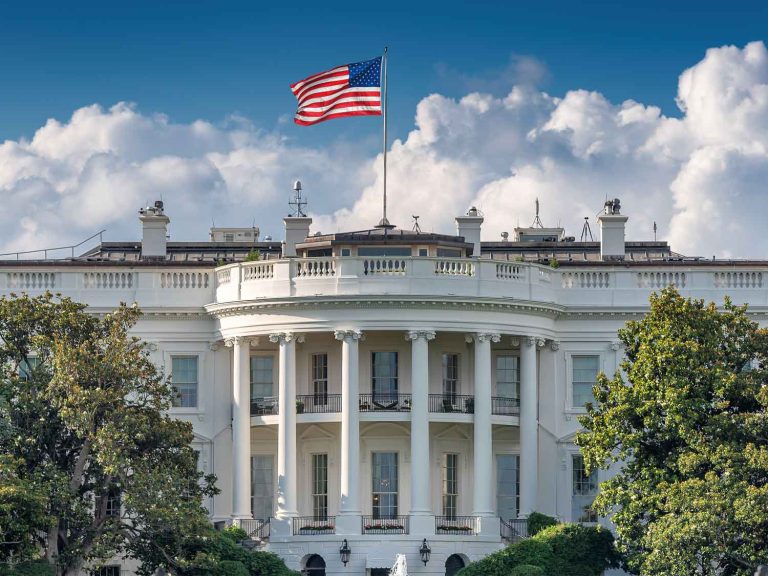
Date:
Major US Tariff Changes
On 2 April , President Trump unveiled sweeping new tariffs that will have global implications for international trade.
These measures mark the most significant restructuring of U.S. tariff policy in decades and they will impact many businesses, irrespective of whether they trade with the United States.
Key Tariff Measures
- Universal Tariff: A baseline 10% tariff will now apply to all imported goods entering the United States, effective immediately. The UK has been hit with this baseline.
- Targeted Tariffs: Elevated tariffs have been introduced for a wide range of countries, including:
- China: 34% (bringing total duties to 54%)
- Vietnam: 46%
- Cambodia: 49%
- Bangladesh: 37%
- European Union: 20%
- Japan: 24%
- South Korea: 25%
- India, Indonesia, Taiwan and others: 26–36%
- End of de minimis: The $800 duty-free threshold for China imports into the U.S. will be eliminated from May 2, disrupting cross-border eCommerce flows.
Implications for UK Importers and Exporters
Many production hubs like Vietnam, Cambodia, and Bangladesh now face tariffs approaching or exceeding 40%. UK brands that re-export to the U.S. from Asia could see significant cost hikes and supply chain disruptions.
U.S. importers are expected to face increased landed costs and margin pressure. Brands may be forced to raise prices or renegotiate terms with suppliers, especially as cost-conscious consumers in both the U.S. and UK continue to feel inflationary pressures.
Even UK-based businesses that manufacture domestically could be affected due to their reliance on imported raw materials, which could now become more expensive due to universal tariffs on U.S. imports.
While automotive was less explicitly detailed in last night’s announcement, the baseline tariff applies to all goods and a separate 25% duty on imported automobiles (previously announced) remains in place. This could impact UK automotive component manufacturers that export to the U.S. and face increased costs on U.S.-sourced parts for use in European production.
The sector is also exposed to the broader risk of retaliatory tariffs, particularly from the EU and Asian economies, which may further complicate trade flows and cost structures.
European Response
While the UK is pausing reaction, the European Commission has already indicated a strong and coordinated response is likely. While details of retaliatory measures are still unfolding, the EU is expected to pursue countermeasures, which could further disrupt transatlantic supply chains, including UK firms trading with both blocs.
There’s also growing concern about goods being diverted into UK and European markets as exporters from Asia and other regions look for alternative markets in response to the new U.S. tariffs. This could lead to ‘dumping’ and potential price pressure, especially in fashion and fast-moving consumer goods.
Putting the Tariffs in Perspective
- Not always an additive cost:
- The new tariffs replace existing duties rather than stacking on top of them. For example, if a product currently has a 5% duty and the new universal rate is 10%, the increase is 5%, not an additional 10%. This makes the change less severe than it might first appear.
- Customs regimes can help: Tools such as Outward Processing Relief (OPR) and Inward Processing Relief (IPR) can help businesses avoid customs duties on goods that cross borders multiple times for processing.
- Low-cost countries still competitive: Despite increased tariffs, production in countries like Vietnam and Bangladesh may still be more cost-effective than U.S. manufacturing—though consumers are likely to see price increases.
- No substitute for specialised goods: Products under copyright, or those requiring specialised manufacturing, cannot easily be relocated. In these cases, additional costs will be passed directly to consumers.
- Opportunities for the UK: Low-duty countries such as the UK could become more attractive as manufacturing bases for goods destined for the U.S. This may stimulate local manufacturing activity.
- Are these changes permanent? It’s too early to tell. The tariffs could be temporary, as demonstrated by reversals in January 2025 involving Canada and Mexico. The long-term outcome will depend on how events unfold following this decision by the Trump administration.
What This Means for Your Business
We recommend that clients in affected sectors:
- Reassess Supply Chains: Identify exposure to high-tariff countries, especially if goods transit through the U.S. or rely on U.S.-based components or partners.
- Prepare for Cost Changes: Anticipate adjustments to landed costs and pricing strategies. Engage early with suppliers to explore cost-sharing or alternative sourcing.
- Monitor for Retaliation: Be alert to EU and UK policy shifts that could either mirror or respond to the U.S. measures.
- Watch for Dumping Risks: Be aware of the potential for market saturation as exporters redirect goods, especially in fashion, household goods, and footwear.
We are closely monitoring the situation and will keep you updated as further developments emerge—particularly in relation to EU countermeasures and UK trade policy adjustments.
Please don’t hesitate to reach out if you’d like to discuss your specific supply chain, explore alternative strategies, or assess your risk exposure.
Metro is well positioned to support you, especially through our recent U.S. expansion and our strong North American trade focus. Expect further updates in the days and weeks ahead as more details become available.
